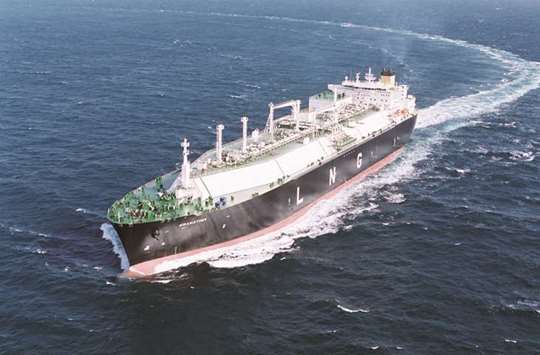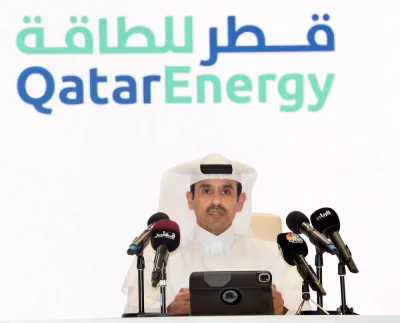The liquefied natural gas industry needs to start planning for shortages even as analysts project a glut starting next year, according to Sanford C Bernstein & Co.
The next wave of LNG projects is set to begin as early as this year, Bernstein analysts including Neil Beveridge said yesterday in a report. That’s a more aggressive timetable than the firm made in September, when it said investment decisions for the next group of plants wouldn’t come until 2019.
Energy companies will approve investments for more than 150mn tonnes a year of new supply capacity over the next four years, according to the report. By comparison, global consumption was 286mn tonnes in 2017. Projects in Qatar, Papua New Guinea, Russia and the US are most economically appealing, followed by Mozambique, Australian expansion projects and an Alaskan mega-project, Bernstein said.
Demand grew by about 10% last year, led by emerging markets and especially China, where coal-to-gas switching policies have the country on track to surpass Japan as the world’s biggest LNG importer by 2030, Beveridge said.
China’s natural gas use could almost triple from last year to about 600bn cubic metres by 2040, and it could overtake the US as the world’s largest consumer by 2050, according to Sanford C Bernstein & Co.
The data also showed that Australia remained China’s largest LNG supplier in November at 1.47mn tonnes, up 12% from the same month last year. Other major sellers included Qatar, up 33% year-on-year to 815,118 tonnes; Indonesia, up 40% to 336,273 and Malaysia down 4% to 263,341.
New projects coming online over the next few years will result in excess production capacity of as much as 54mn tonnes in 2020, but the market will remain tight in winter when demand increases.

The next wave of LNG projects is set to begin as early as this year


